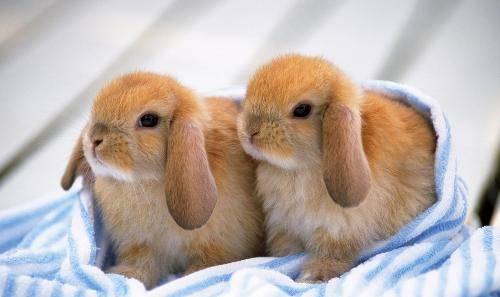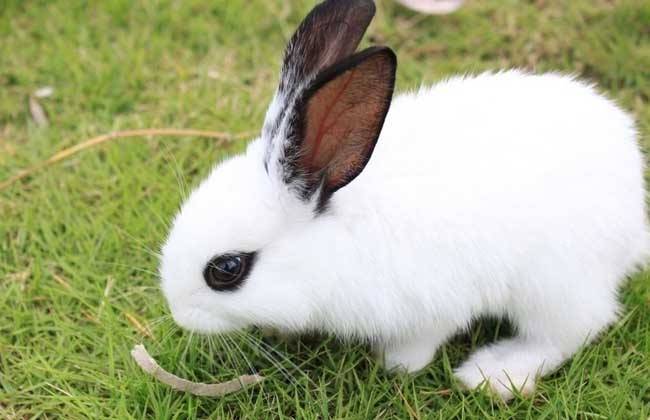Rabbit, a wide variety, mainly divided into three categories, that is, pet rabbit, fur rabbit and edible rabbit. Under normal circumstances we often say the rabbit, mostly refers to the Chinese white rabbit. There are also some shih shih rabbits, butterfly rabbits, hanging ear rabbits, English Angora rabbits and so on.
So how to raise a pet rabbit? Here are some details, I hope to help you.
1, immature rabbit
A juvenile rabbit is a rabbit less than 3 months old. Both large and small rabbits have particularly vulnerable guts. Small rabbits, in particular, need special care. In particular, it is important to remember not to feed. Young rabbits have a unique diet formula, it is recommended to feed according to this. The most indispensable food for a young rabbit is alfalfa grass. Then there is timucea, which is suitable for rabbits of all stages. Alfalfa and Alfalfa can be used as staple forage for young rabbits. In addition, young rabbits can also eat some vegetables, celery, lettuce, broccoli, lettuce, carrots and other vegetables, people eat some fruits, such as apples, pears, papaya can also give young rabbits to eat. Need to pay special attention to is, bread, meat, chocolate, rice, biscuits these can not be given to young rabbits to eat, because rabbits are herbivorous animals, they do not need a lot of starch, those high starch content, high protein content of things is absolutely not feeding. It is important to note that chocolate contains alkaloids and should never be given to rabbits as it can be toxic. To sum up, the main food for young rabbits should be: young rabbit food + alfalfa grass (some of the grass can be used as an alternative)+ pure water.
2, into a rabbit
Rabbits after 4 months are called adult rabbits. Adult rabbit it just gradually mature, intestinal system also gradually sound, better than 3 months before the young rabbit feeding. Although the rabbits are older, they still need the right diet. Suggestion: rabbit food + wood grass + pure water. The aforementioned fruits and vegetables also need to be fed.
3. Pregnant mother rabbit
In order to avoid malnutrition in pregnant female rabbits, rabbit owners can feed high protein content of food. Like alfalfa. Be sure to provide the female rabbit with plenty of pure water before she gives birth.
4. The habits of rabbits
① Rabbits are used to eating in the early morning and evening.
(2) The rabbit has a small lung capacity. When the temperature rises or it is nervous, the rabbit will be short of breath and its nose will shake very fast.
③ Rabbits are very prone to fracture. When you try to move a rabbit, never grab its ears. The rabbit’s ears are all covered with blood vessels, nerves and brittle bones. If you touch them, the rabbit’s ears are easily broken. You can hold tutu’s body in front of you with one hand, while holding tutu’s legs and buttocks with the other hand, and move it somewhere else.
(4) Rabbits are very territorial. Whenever it’s on its turf, it marks it.
⑤ Rabbits go out for an hour or two every day.
⑥ The environment in which rabbits live should be clean, ventilated and dry. It is recommended to clean his cage every day.
⑦ The rabbit has a strong ability to clean itself. So as long as you feed the rabbit correctly, it does not need to take a bath. And it doesn’t smell.

